The Beetit List: The Best Companion Plants For Beets
The BeetIt List: The Best Companion Plants for Beets
Beets are a delicious and versatile vegetable that can be enjoyed in a variety of dishes. They are also relatively easy to grow, making them a great choice for home gardeners.
One way to improve your beet harvest is to plant companion plants. Companion planting is the practice of planting different types of plants together in order to benefit each other. There are many different companion plants that can be beneficial for beets, but some of the best include:
- Alliums: Alliums, such as onions, garlic, and chives, are known for their pest-repelling properties. They can help to keep away aphids, slugs, and other pests that can damage beet plants.
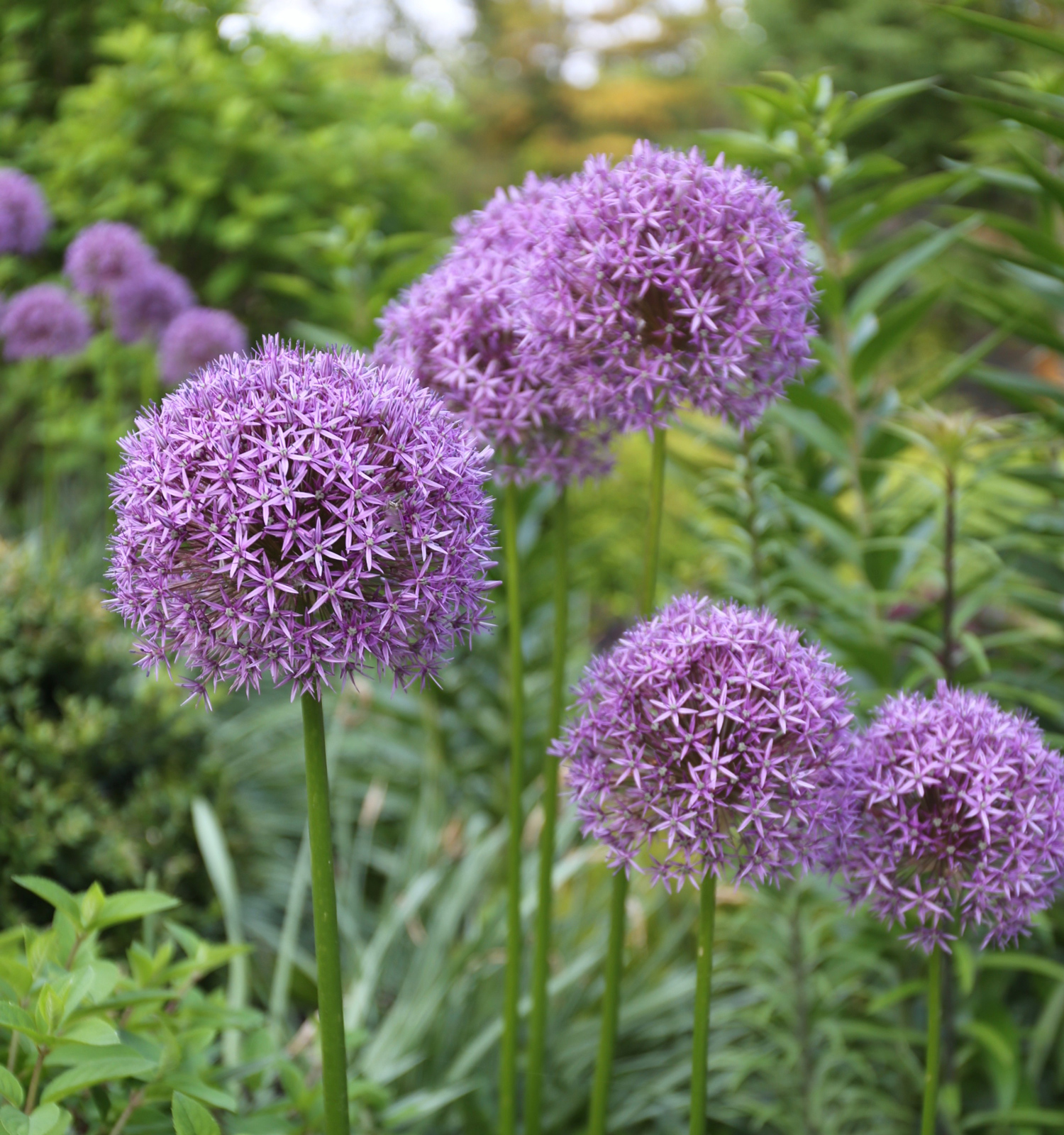
- Brassicas: Brassicas, such as broccoli, cabbage, and Brussels sprouts, are also good companion plants for beets. They have similar growing requirements to beets, and they can help to attract beneficial insects to the garden.
- Legumes: Legumes, such as beans, peas, and lentils, can help to improve the nitrogen content of the soil. This can benefit beet plants, as nitrogen is an important nutrient for their growth.
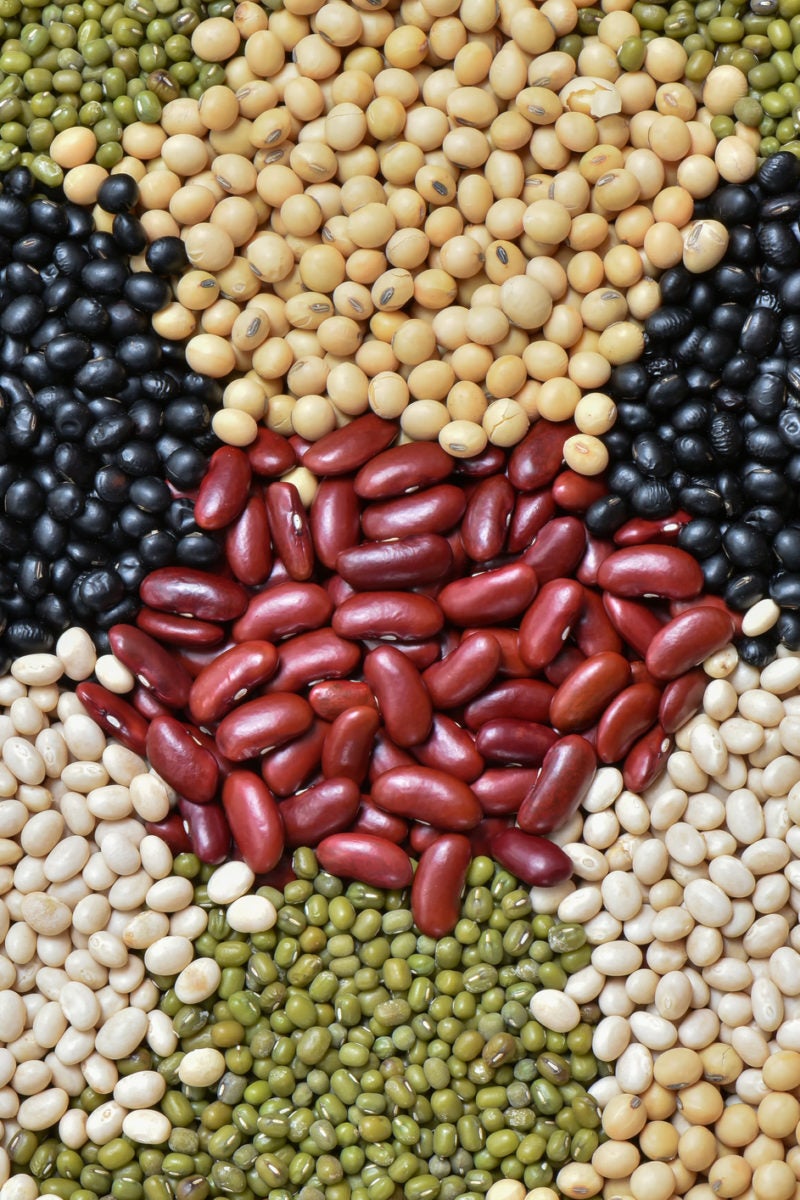
- Herbs: Herbs, such as thyme, rosemary, and mint, can help to deter pests and attract beneficial insects. They can also add flavor to beet dishes.

In addition to these specific companion plants, there are a few general principles that can help you to choose the best companion plants for beets. For example, you should avoid planting beets near plants that compete for water or nutrients, such as tomatoes and cucumbers. You should also avoid planting beets near plants that have shallow roots, such as carrots and parsnips.
By following these tips, you can choose the best companion plants for your beets and improve your harvest.
Here is a more detailed look at some of the best companion plants for beets:
Alliums: Alliums are known for their pest-repelling properties. The strong scent of alliums can help to deter a variety of pests, including aphids, slugs, and carrot flies. Alliums can also help to attract beneficial insects, such as ladybugs and lacewings, which prey on pests.
Brassicas: Brassicas are another good choice for companion plants for beets. Brassicas have similar growing requirements to beets, and they can help to attract beneficial insects. The roots of brassicas also release chemicals that can help to suppress the growth of weeds.
Legumes: Legumes are a great way to improve the nitrogen content of the soil. Nitrogen is an important nutrient for beet plants, and legumes can help to provide this nutrient without the need for fertilizer. Legumes also help to improve the drainage of the soil, which can benefit beet plants.
Herbs: Herbs can add flavor to beet dishes, and they can also help to deter pests. Some of the best herbs to plant near beets include thyme, rosemary, and mint. These herbs have strong scents that can help to deter pests, and they can also help to attract beneficial insects.
Conclusion
By planting companion plants with your beets, you can improve your harvest and reduce the amount of pests and diseases that your plants are exposed to. By following the tips in this article, you can choose the best companion plants for your beets and create a thriving garden.
Beets are a delicious and nutritious vegetable that is easy to grow. But did you know that there are certain plants that can help your beets grow even better? Companion planting is the practice of planting certain plants together to benefit each other. And when it comes to beets, there are a few specific plants that make great companions.
Some of the best companion plants for beets include:
- Alliums: Onions, garlic, chives, and leeks all have strong scents that can deter pests from beets.
- Brassicas: Broccoli, Brussels sprouts, and cabbage all help to improve the soil for beets.
- Legumes: Bush beans and peas can help to fix nitrogen in the soil, which is beneficial for beets.
- Lettuce: Lettuce helps to suppress weeds and shade the soil, which can help to keep beets cool and prevent them from bolting.
- Marigolds: Marigolds help to repel pests from beets.
If you're looking for more information about beets companion plants, I recommend visiting Gardenia Inspiration. This website has a comprehensive list of companion plants for beets, as well as information about how to plant and care for beets.
FAQ of beets companion plants
Q: What are some good companion plants for beets?
A: Some great companion plants for beets include onions, garlic, lettuce, radishes, and brassicas such as cabbage, kale, and cauliflower. Herbs like mint, thyme, chamomile, and dill can also be beneficial. These plants help deter pests, improve soil quality, and retain moisture.
Q: What plants should I avoid planting next to beets?
A: Some plants that should be avoided planting next to beets include pole beans, field mustard, and chard. These plants can compete with beets for nutrients and water, and can also attract pests.
Q: What are the benefits of companion planting with beets?
A: There are many benefits to companion planting with beets. Companion plants can help to:
- Deter pests and diseases
- Improve soil quality
- Retain moisture
- Attract pollinators
- Provide shade
Q: How do I plant beets with companion plants?
A: When planting beets with companion plants, it is important to consider the size and growth habits of each plant. For example, tall plants like corn and sunflowers should be planted at the back of the garden, while shorter plants like beets and lettuce should be planted in front. It is also important to space plants appropriately so that they have enough room to grow.
Q: What are some other tips for companion planting with beets?
A: Here are some other tips for companion planting with beets:
- Use a companion planting chart to help you choose the right plants for your garden.
- Experiment with different combinations of plants to see what works best for you.
- Be sure to water your plants regularly, especially during hot, dry weather.
- Watch for pests and diseases, and take steps to control them if necessary.
Image of beets companion plants
5 different images of "beets companion plants" from Pinterest:
- Beet and broccoli
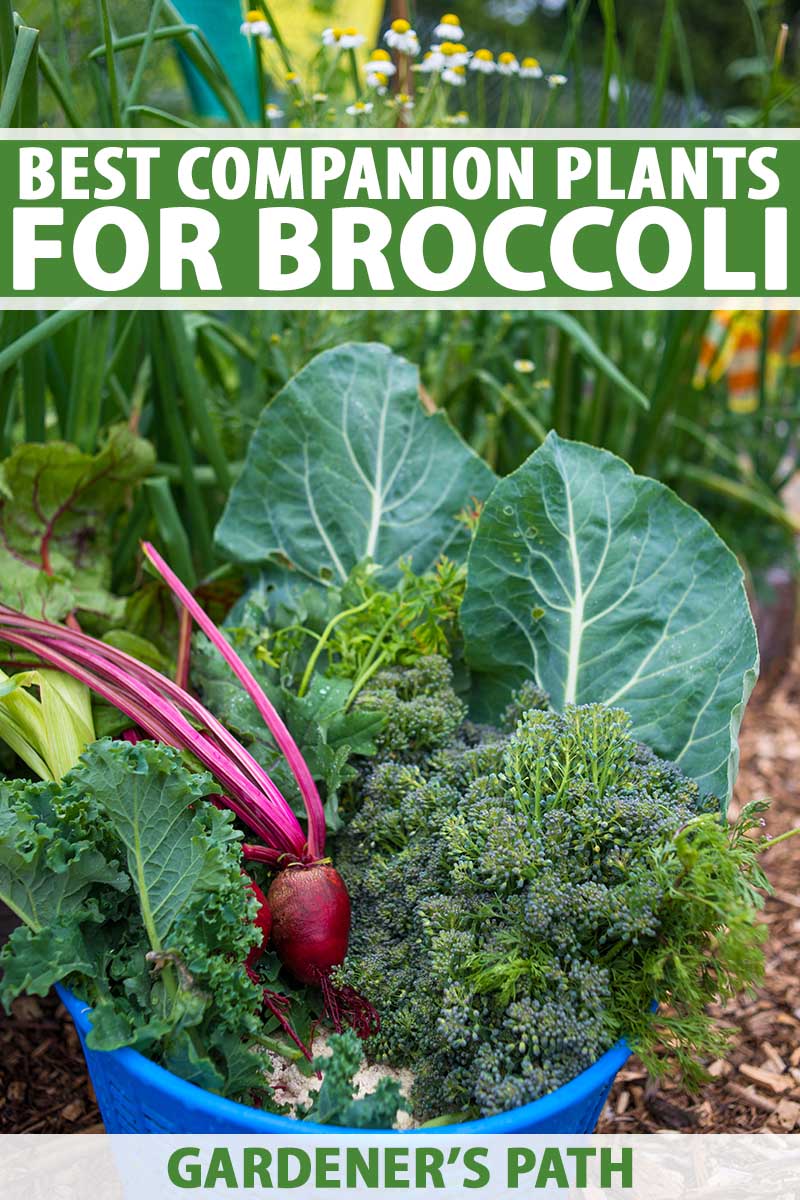 Broccoli and beets are both cool-season crops that can be planted together. Broccoli helps to deter pests from beets, and beets help to improve the soil quality for broccoli.
Broccoli and beets are both cool-season crops that can be planted together. Broccoli helps to deter pests from beets, and beets help to improve the soil quality for broccoli. - Beet and bush beans
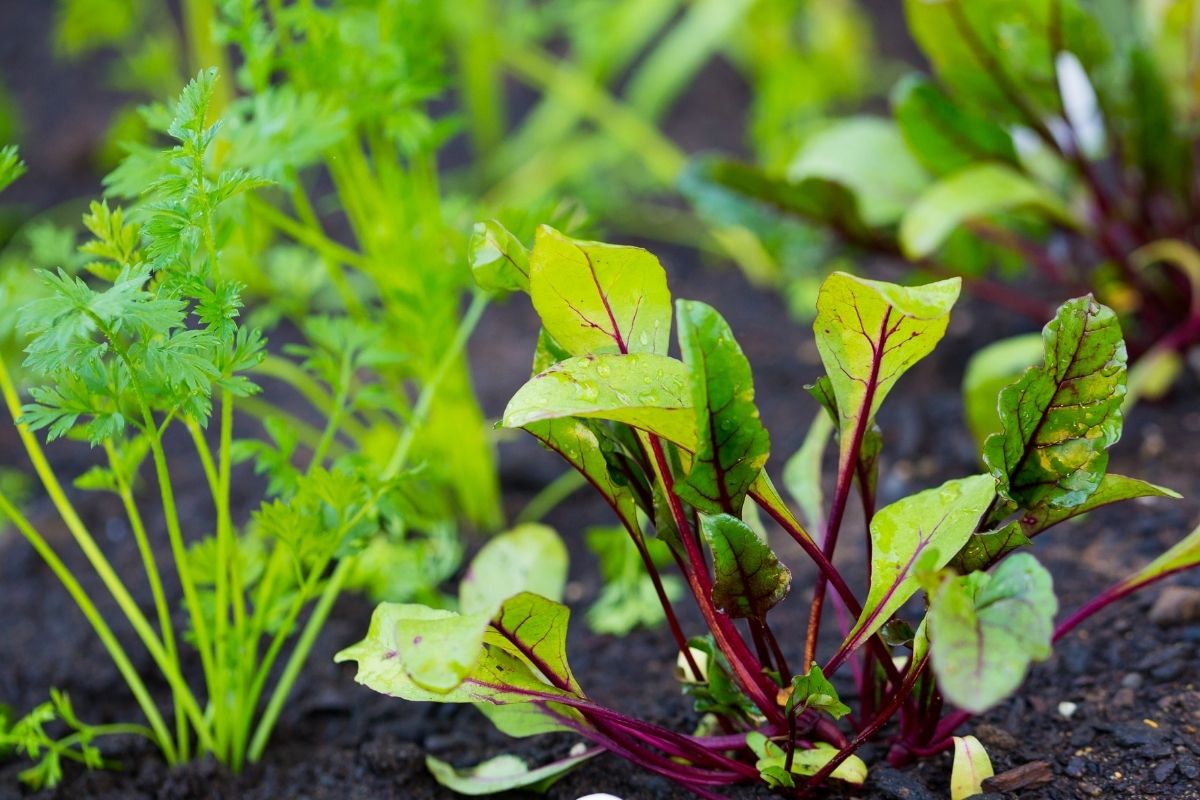 Bush beans are a great companion plant for beets because they help to fix nitrogen in the soil. This means that the beans provide beets with a valuable nutrient, and the beets help to suppress weeds.
Bush beans are a great companion plant for beets because they help to fix nitrogen in the soil. This means that the beans provide beets with a valuable nutrient, and the beets help to suppress weeds. - Beet and lettuce
 Lettuce is a good companion plant for beets because it helps to shade the soil and keep it cool. This is beneficial for beets, as they can bolt (form flowers and seeds) if the weather gets too hot.
Lettuce is a good companion plant for beets because it helps to shade the soil and keep it cool. This is beneficial for beets, as they can bolt (form flowers and seeds) if the weather gets too hot. - Beet and radishes
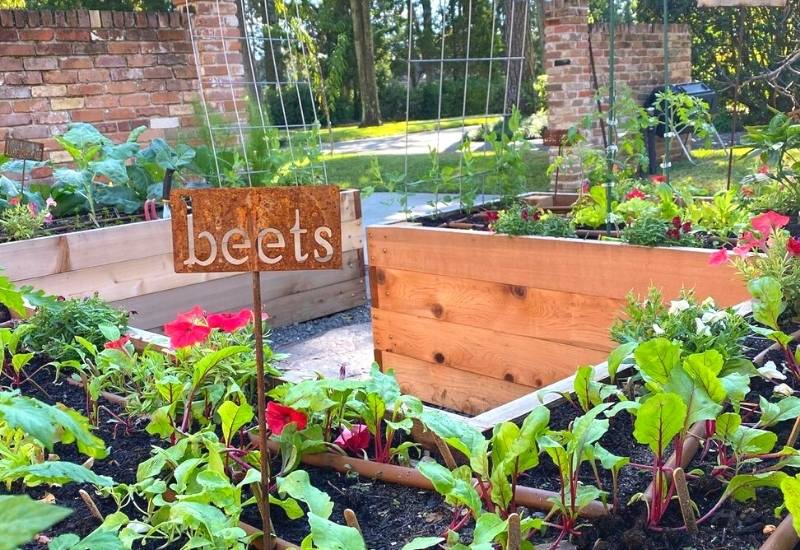 Radishes are a fast-growing crop that can be planted between beets. Radishes help to break up the soil and improve drainage, which benefits beets.
Radishes are a fast-growing crop that can be planted between beets. Radishes help to break up the soil and improve drainage, which benefits beets. - Beet and onions
Onions are a good companion plant for beets because they help to repel pests. Onions also release sulfur into the soil, which can help to improve the flavor of beets.

Post a Comment for "The Beetit List: The Best Companion Plants For Beets"